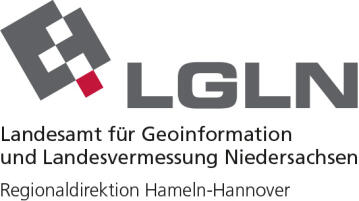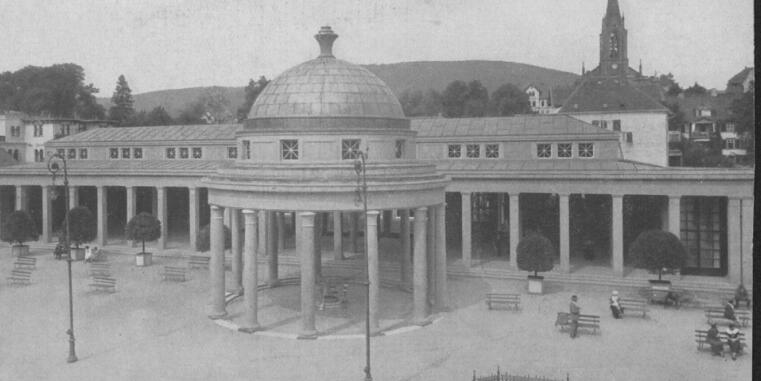

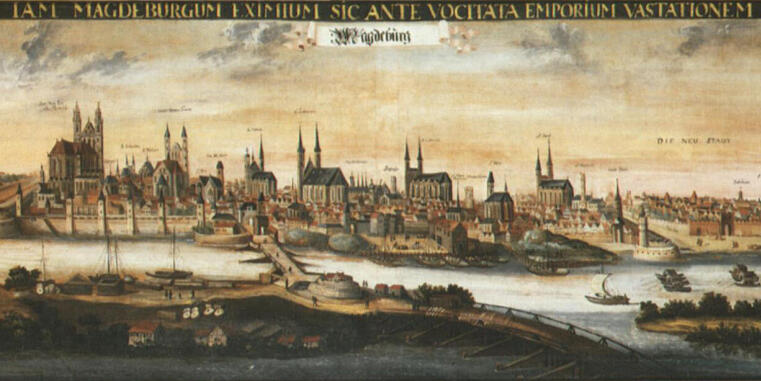

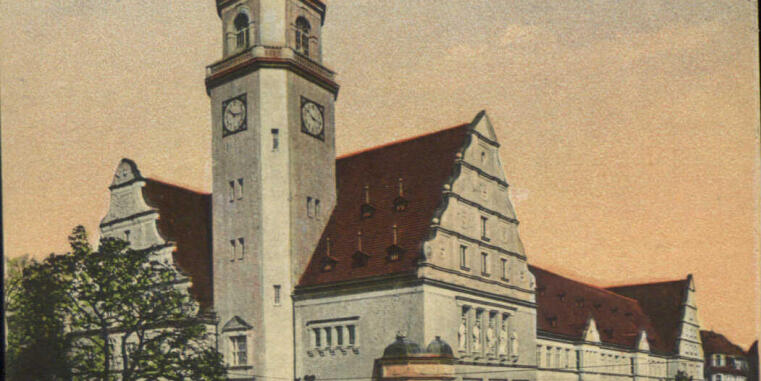
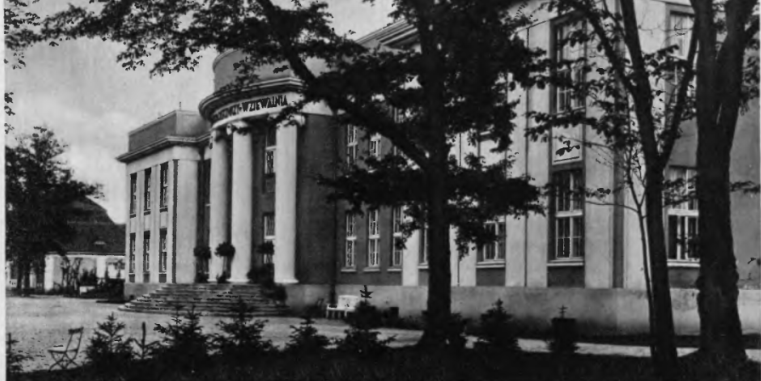
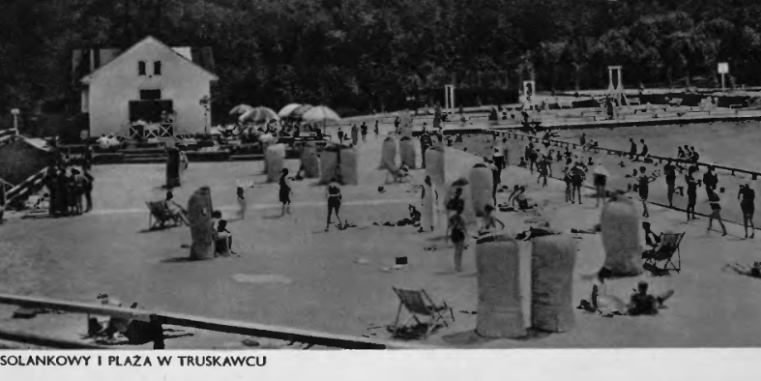







The funding bid submitted by the IStG together with Prof. Dr Roman Czaja of Uniwersytet Mikołaja Kopernika in Toruń in the BEETHOVEN 4 funding programme which serves the DFG and NCN to foster Polish-German research cooperations has been accepted. The three-year collaborative project HiSMaComp will start in Summer of 2022.
Focusing on comparative urban development the project is primarily based on survey maps from the 19th century. The development and spatial structures of six Polish and German cities will be reconstructed and compared on the basis of typological criteria. The six case studies can be described as manifestations of the town types ecclesiastical town (Olsztyn/Allenstein – Ochsenfurt), spa town (Inowrocław/Hohensalza – Bad Pyrmont) and metropolis (Warsaw – Magdeburg). The influence of these respective functions on the shape of the individual towns and the developmental paths that characterise the town types are the first research objective of the project.
In addition to the primary results, the project will focus on developing methodologies. The research is based on historical maps and written sources. The data processing will be carried out by means of a geo-information system integrating both. The creation of compatible geodata for urban comparisons represents a topical research desideratum and a particular challenge. The implementation of the UrbanOnto system of the Warsaw project "Historical Ontology of Urban Spaces" is also to be tested in practice and made usable in order to gain new insights into the transformation of urban spaces.
The experience gained and the newly developed data standards will be an important contribution to the future re-use of research data derived from the European Historic Towns Atlas projects.
Our blog dedicated to the project: https://hismacomp.hypotheses.org/
Funded by the DFG (Deutsche Forschungsgemeinschaft), the Supplementary Project was launched in October 2023. As the full title The Identification and Distribution of Functional Town Types in Germany, Poland and Ukraine. The HiSMaComp Town Types: Metropolis – Ecclesiastical Town – Spa Town suggests, the Project takes a macro perspective and will identify all towns pertaining to the town types which the HiSMaComp projects examines. Their spatial distribution will then be visualised in thematic maps. In addition to the countries originally studied, Poland and Germany, Ukraine is added as a third area of study, bringing a quantitative leap to the main project and broadening the research framework as well as the geographical scope of the investigation.
On the background of the HiSMaComp case studies, the Supplementary Project will elaborate sets of criteria for each of the three town types laid down by the main project, making them applicable for other European regions. On the basis of the additional evidence, the HiSMaComp ontology will be extended so that it may be re-used more universally. Moreover, it will investigate the occurrence of the functional topographic objects and develop a taxonomy of towns with more or fewer typical functions revealing the ‘real type’ of ‘metropolis’, ‘ecclesiastical town’ and ‘spa town’.
Such an analysis will reveal regional and/or cross regional similarities and differences so far unnoticed by the research community. Providing a broader context, it will also allow a reassessment and better understanding of typical and individual features of the original case studies – Waszawa/Warsaw, Magdeburg, Olsztyn/Allenstein, Ochsenfurt, Inowrocław/Hohensalza, and Bad Pyrmont – as manifestations of the respective town types.
Dr. Olga Kozubska
Dr. Angelika Lampen
Dr. Anna Paulina Orłowska
Tobias Runkel, M.A.
Anna-Lena Schumacher
Dr. Daniel Stracke

